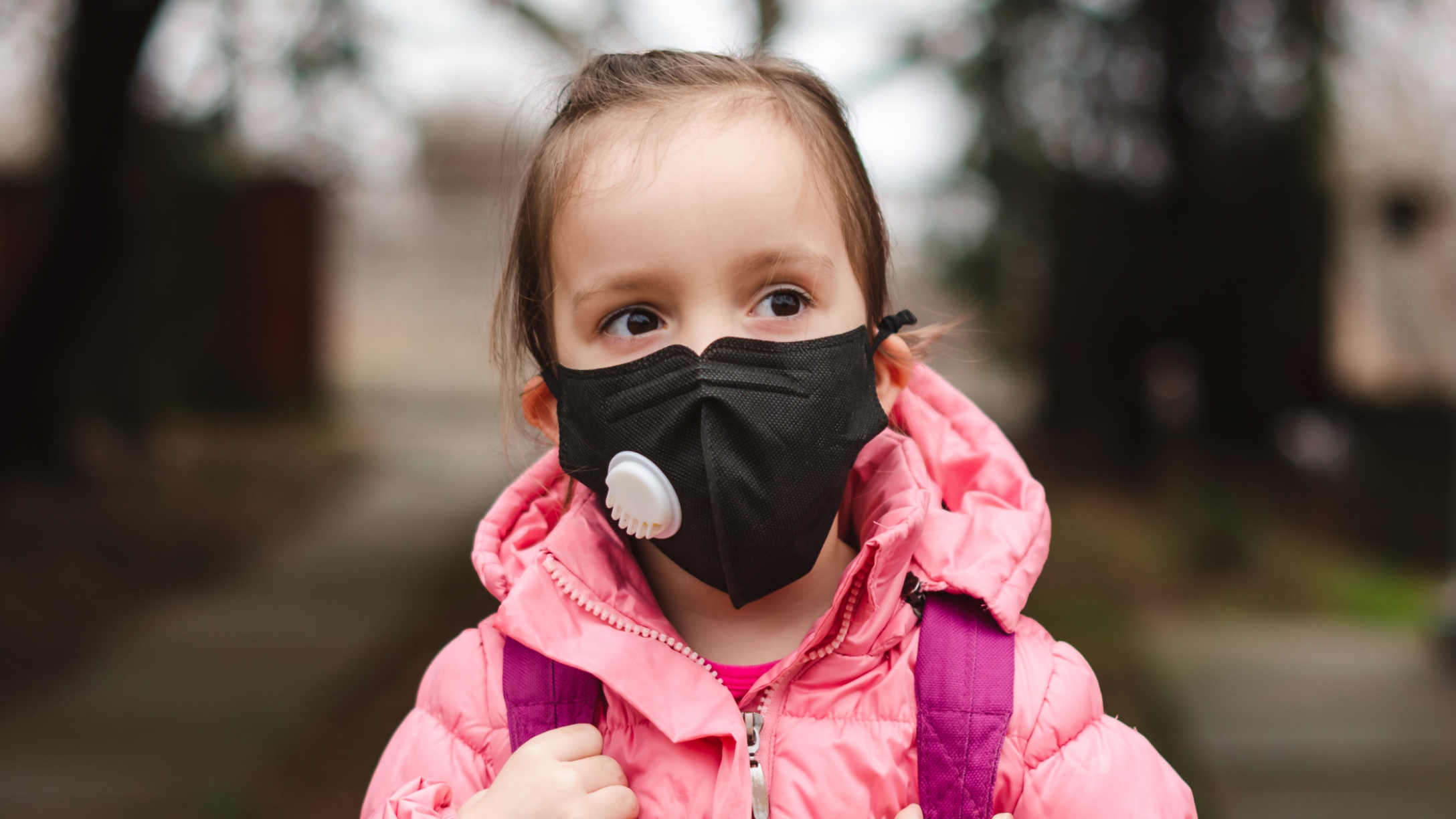
Living in the Northeast is tricky and unpredictable during the last few weeks of winter and into early spring, because the weather could give us arctic blasts of cold air and late snow storms one week and then offer temperatures — and mud — the next that make my kids pull their now-too-small shorts out of their drawers. We play the have-all-the-gear-ready-at-all-times game until late May. Flu season works this way, too. It starts in October and peaks between December and February but is still present through late May. Just like the threat of a blizzard will keep snow tires on the car until almost June for some of us, the threat of the flu is still very real, and we should stay vigilant about vaccinations and ways to minimize spreading the virus. The good news, though, is that the number of flu cases in the US and Canada has been at historic lows this season. Experts believe that's thanks to the other virus we have been dealing with.
The guidelines to stay safe from COVID-19 mimic what we should do to avoid getting the flu: wash your hands, don’t touch your mouth and nose, stay home if you are sick, and avoid close contact with others who are sick. Because of the uncertainty and the greater risk for deadly symptoms if COVID-19 is contracted, folks have also been wearing masks and physically distancing themselves from others.
Folks are working from home, and many kids are participating in virtual learning. Many people aren’t gathering in bars, gyms, churches, stadiums, and other places that are conducive to easily spreading germs and illness. Let’s be real — plenty of people are still doing these things, but, overall, large gatherings aren’t happening. People are traveling less, too. All of this, in addition to folks more motivated to get the flu vaccine as a precaution to ward off the negative side effects of COVID-19 if contracted, has led to a fairly nonexistent flu season.
In a recent flu surveillance report from the Centers for Disease Control and Prevention, the rate for those testing positive for the flu this season was 0.2%. According to a CDC spokesperson, this is the lowest activity rate in 25 years. At the end of the eighth week of the flu season, as of February 27, 2021, the entire map of the United States was green to indicate minimal flu-like illnesses across the country. Perhaps the best news is that the number of flu-related deaths are down, too.

There were 195 pediatric flu-related deaths in the 2019-2020 flu season. The total pediatric flu-related deaths for the 2020-2021 season so far has been one.

Of the kids who died last flu season, only 21% of those children who were eligible for the vaccine were vaccinated. The CDC says children 6 months and older can get the annual vaccine. Kids younger than 5 and any child with a high-risk medical condition are highly encouraged to get their flu shot each year. This year, 15.4 million more people got the flu vaccine than last year.
Parents: Vaccines save lives. Vaccines save your children’s lives.
My twins recently shared a mild cold for a few days. They didn’t have fevers or coughing, just a few sniffles that they used to talk me into giving them juice they don’t normally get. We joked about sneezing into a mask and how weird it felt to just have something there to catch your germs. I told them to still sneeze into a tissue or their elbow; I also told them to put their snotty masks in the wash. But they hit on a key difference between why they were home sick a few times last year but haven’t been this year. Their masks have been keeping the germs — and their hands — out of their mouths and noses. The masks have protected others from their germs, too.
When my oldest daughter asked when we could stop wearing masks, I said I hoped by this fall or winter. But I also told her I wouldn’t be opposed to wearing them throughout flu season even when the pandemic is under control and most people have been vaccinated. This pandemic sucks, but maybe we can use what we have learned to keep flu numbers down when COVID is no longer an emergent threat.
Following health guidelines isn’t a threat to our freedom; following them gives us more freedom to stay safe and healthy. When we follow common sense and scientifically tested ways to reduce the spread of the illness, we’re all better off. In regards to the flu, it took a pandemic to prove this.







